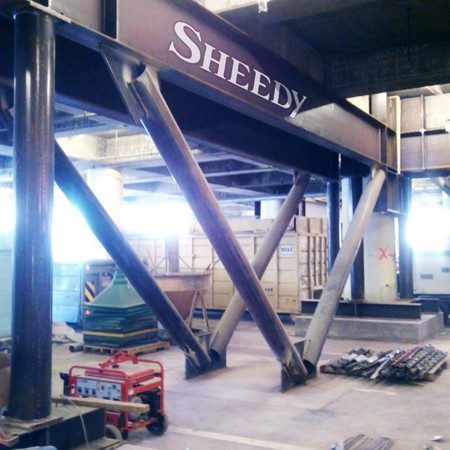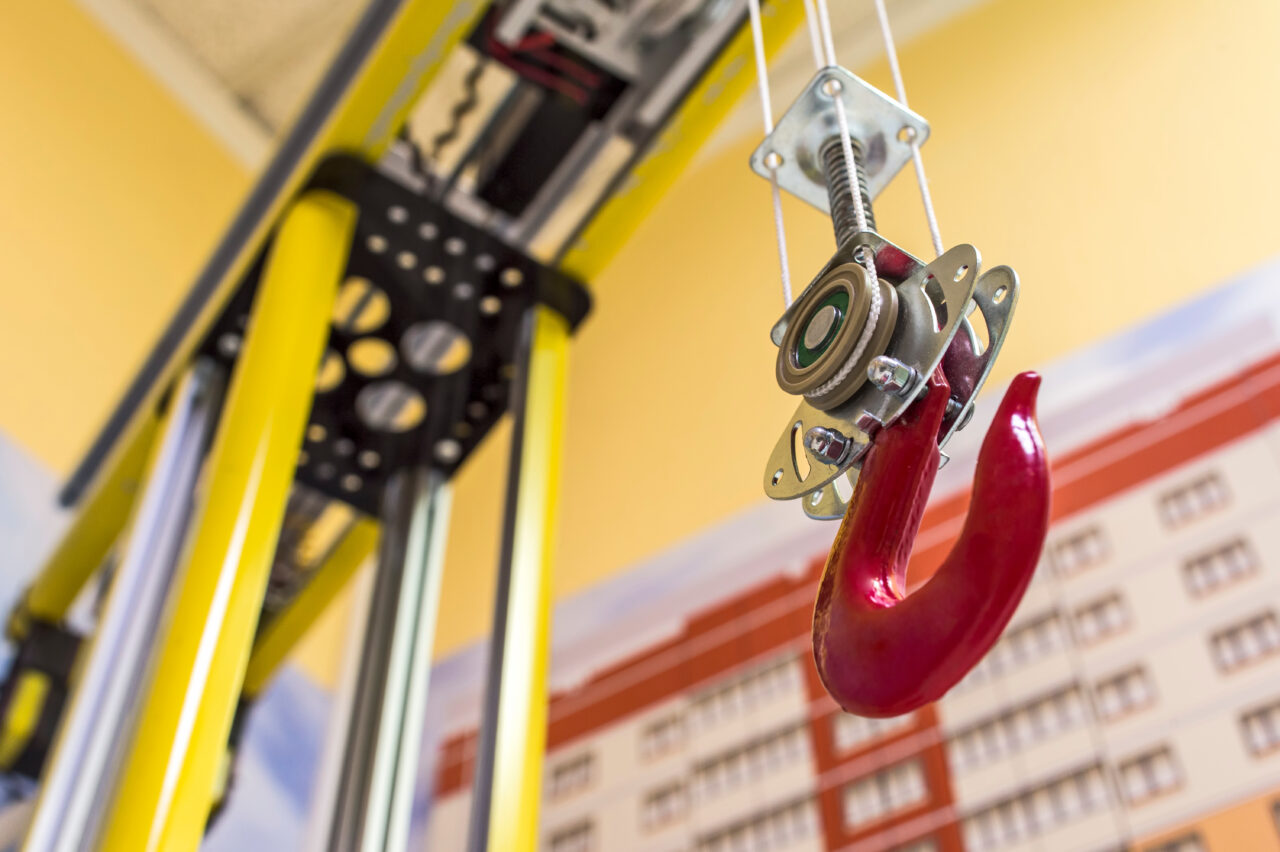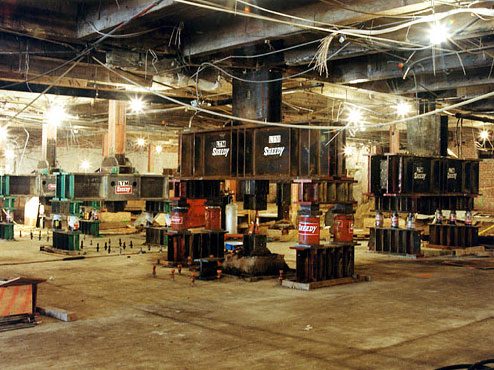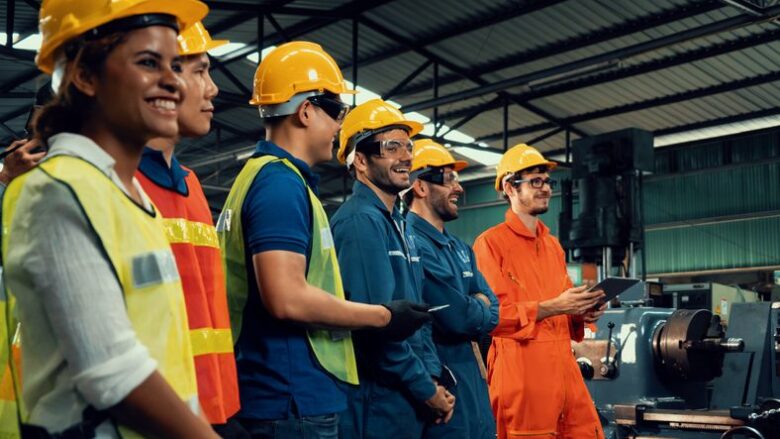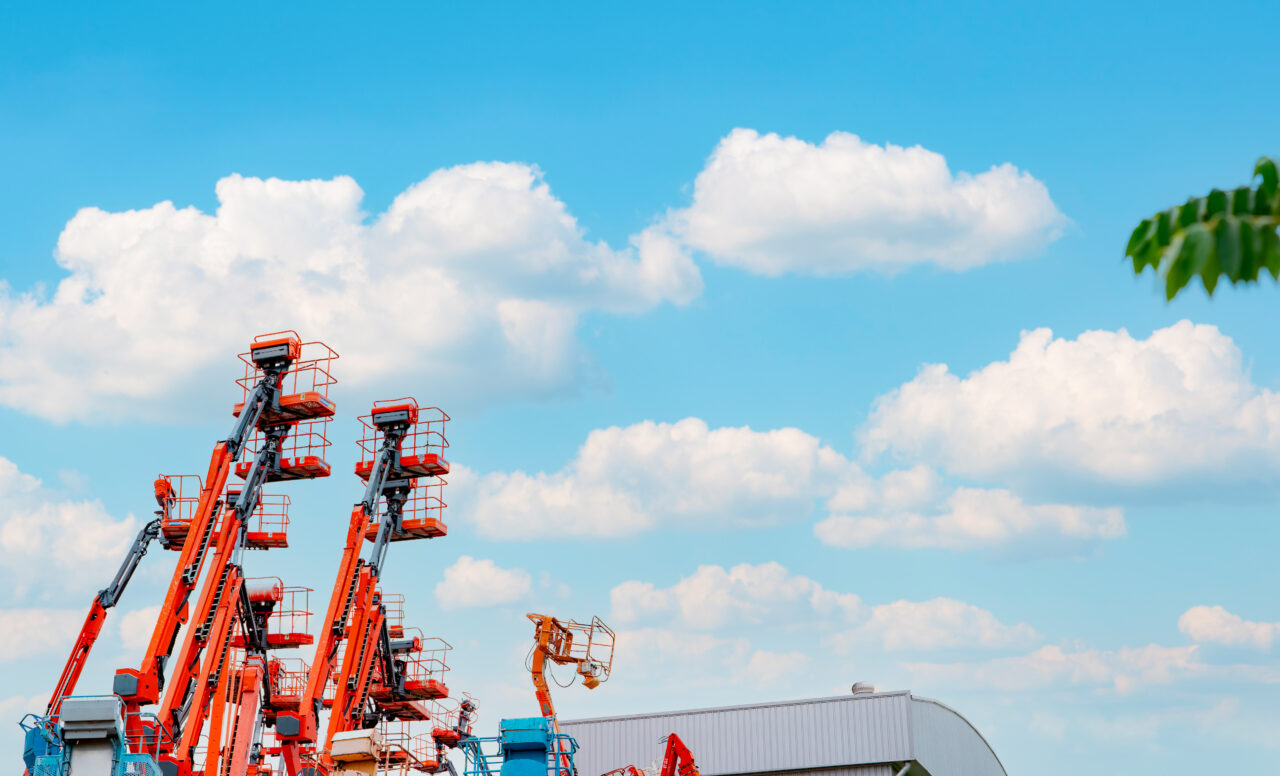Are you familiar with the backbone of any construction project? It’s none other than structural shoring. In this article, we’ll dive into the intricacies of this vital process and explore why it’s indispensable for any construction endeavor.
Structural Shoring: Ensuring Stability and Safety
What is Structural Shoring?
Structural shoring, often referred to as temporary shoring, is the practice of supporting buildings, bridges, or other structures during construction, renovation, or repair. It involves the strategic placement of support systems to distribute weight and alleviate stress on existing structures.
Why is Structural Shoring Necessary?
- Safety First: Ensures the safety of workers and the public by preventing structural collapse or instability during construction.
- Support and Stability: Provides temporary support to existing structures, enabling construction work to proceed safely.
- Protects Property: Minimizes damage to adjacent properties by preventing ground movement or structural shifting.
- Facilitates Construction: Allows for the execution of complex construction tasks, such as demolition or excavation, with enhanced safety and efficiency.
The Process of Structural Shoring
- Assessment: Conduct a thorough structural analysis to identify areas of weakness or instability.
- Design: Develop a customized shoring plan tailored to the specific needs of the project, considering factors such as load-bearing capacity and site conditions.
- Installation: Deploy state-of-the-art shoring equipment and techniques to install support systems according to the approved plan.
- Monitoring: Regularly monitor the shoring system throughout the construction process to ensure its integrity and effectiveness.
- Removal: Safely dismantle the shoring system upon completion of construction, adhering to safety protocols and regulations.
The Importance of Professional Structural Shoring Services
While the concept of structural shoring may seem straightforward, its execution requires precision, expertise, and specialized equipment. Here’s why partnering with a reputable shoring company like Sheedy Crane is essential:
- Experience and Expertise: With decades of experience in the construction industry, we bring a wealth of knowledge and expertise to every shoring project.
- Safety Compliance: Our team adheres to the highest safety standards and regulations to ensure the well-being of workers, bystanders, and the surrounding environment.
- Cutting-Edge Equipment: We invest in state-of-the-art shoring equipment and technology to deliver superior results efficiently and effectively.
- Customized Solutions: We understand that every construction project is unique. That’s why we tailor our shoring solutions to meet the specific requirements and challenges of each job.
- Reliable Support: From project inception to completion, Sheedy Crane provides reliable support and guidance, ensuring the success of your construction endeavor.
Sheedy Crane: Your Trusted Partner in Structural Shoring
We understand the critical role that structural shoring plays in the success of construction projects. With decades of experience and a commitment to excellence, we deliver innovative shoring solutions tailored to meet the unique needs of each project. From initial assessment to final removal, our team ensures the highest standards of safety, quality, and reliability every step of the way.
Structural shoring is not just a construction necessity—it’s a safeguard against potential disaster. By investing in professional shoring services, you can rest assured that your project is in capable hands. From enhanced safety to improved efficiency, the benefits of structural shoring are undeniable. Take the first step towards a safer, more successful construction project today—partner with Sheedy Crane for all your shoring needs.

